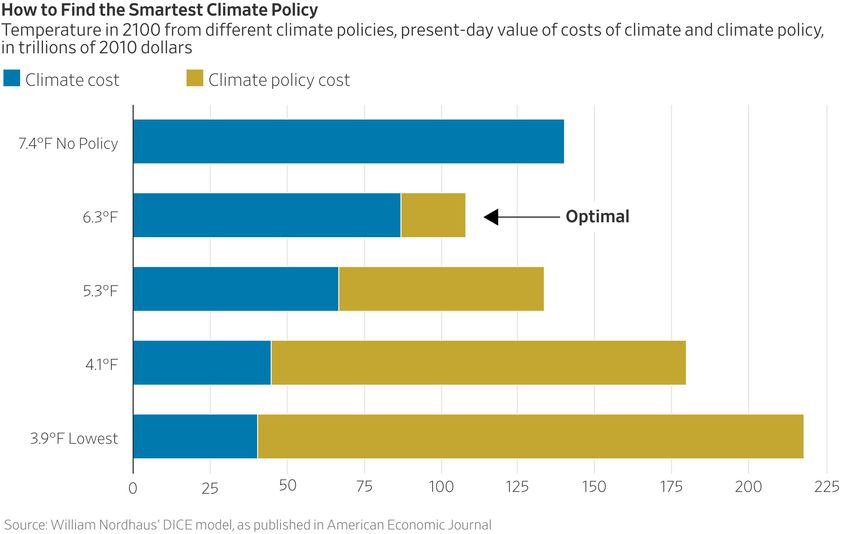(p. B1) This month, state regulators updated California’s building code to require some new homes and commercial buildings to have solar panels and batteries and the wiring needed to switch from heaters that burn natural gas to heat pumps that run on electricity. Energy experts say it is one of the most sweeping single environmental updates to building codes ever attempted by a government agency.
But some energy and building experts warn that California may be taking on too much, too quickly and focusing on the wrong target — new buildings, rather than the much larger universe of existing structures. Their biggest fear is that these new requirements will drive up the state’s already high construction costs, putting new homes out of reach of middle- and lower-income families that cannot as easily afford the higher upfront costs of cleaner energy and heating equipment, which typically pays for itself over years through (p. B3) savings on monthly utility bills.
. . .
Adding solar panels and a battery to a new home can raise its cost by $20,000 or more. While that might not matter to somebody buying a million-dollar property, it could be a burden on a family borrowing a few hundred thousand dollars to buy a home.
“You’re going to see the impact in office rents. You’re going to see it in the cost of the milk in your grocery store,” said Donald J. Ruthroff, a principal at Dahlin Group Architecture Planning in Pleasanton, Calif. “There’s no question this is going to impact prices across the board.”
. . .
The Sycamore Square townhouses were the last ones developed in San Bernardino before the solar mandate took effect last year. Glenn Elssmann, a partner in the project who hired Mr. Marini’s company as the contractor, said the added cost of the solar requirement would have made construction of the development impossible. Homes in Sycamore Square started at $340,000 for the four-bedroom, three-bath units and reached as high as $370,000.
Jimmie Joyce, 44, who works in payroll at the Los Angeles County Department of Public Health, will soon close on the purchase of a house in Sycamore Square after trying for almost a year to buy closer to Inglewood, a city near the Los Angeles International Airport where he lives now. His commute will likely increase from about 40 minutes to an hour and a half.
“I, for one, didn’t even plan on moving out that far,” Mr. Joyce said. “The way the market is, people are just overbidding to just try to get in things.” He said he made an offer $10,000 to $15,000 higher than the asking price on a home that ended up with more than 70 bids, including one that was $60,000 more than his.
His new home is already expensive for him, he said, and adding $10,000 to $20,000 more for solar, a battery and other amenities “would make that much more challenging.”
The changes regulators adopted this month will also require most new commercial buildings, including schools, hotels, hospitals, office buildings, retailers and grocery stores, and apartment buildings and condos above three stories to include solar and batteries. And regulators will require single-family homes to have wiring that will allow them to use electric heat pumps and water heaters, rather than ones that burn natural gas. About 55 percent of California’s homes use electric heat and 45 percent use natural gas.
(Note: the online version of the story was updated Sept. 9, 2021, and has the title “California’s Plan to Make New Buildings Greener Will Also Raise Costs.”)


